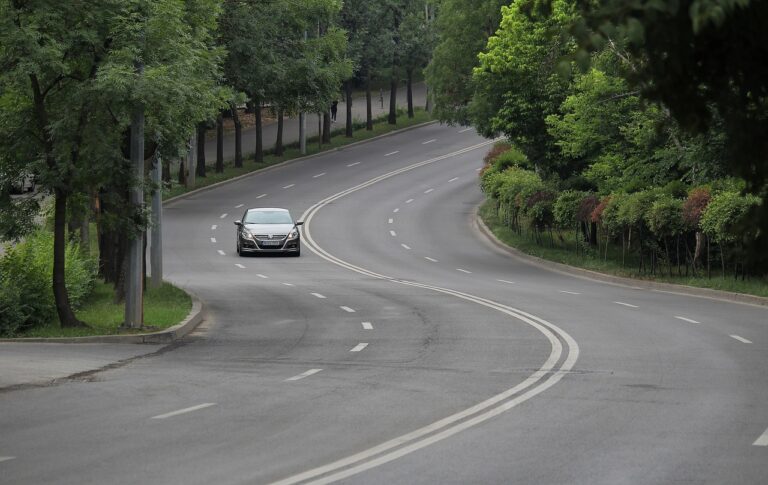The Influence of Urban Mobility Trends on Car Ownership Preferences
Understanding the various factors that influence transportation choices is crucial in predicting and shaping the future of transportation systems. Economic considerations play a significant role in how individuals choose to travel, as costs associated with owning a car, public transit fees, and ride-hailing services can all impact decision-making. Additionally, societal trends such as a growing focus on sustainability and the desire for convenience also drive changes in transportation choices. The accessibility and availability of various transportation options in a given area can greatly influence how people choose to get around, highlighting the importance of infrastructure and service development in encouraging sustainable modes of transportation.
Technological advancements have also played a key role in shifting transportation preferences, with the rise of ride-sharing services like Uber and Lyft transforming the way people think about getting from point A to point B. The convenience and flexibility offered by these services have made them a popular choice for many urban dwellers, altering traditional modes of transportation. Moreover, the integration of technology into public transit systems and the emergence of new mobility solutions are further driving changes in transportation choices, reflecting a shift towards more efficient and sustainable travel options in response to the evolving needs and preferences of consumers.
Impact of ridesharing services on car ownership
Ridesharing services such as Uber and Lyft have revolutionized the way people get around in urban areas. With the convenience of requesting a ride at the tap of a button, many individuals are opting to use ridesharing services instead of owning a personal vehicle. This shift in transportation choice has led to a decrease in car ownership rates in cities across the globe.
The availability of ridesharing options has made it easier for city dwellers to forgo the costs and hassles associated with owning a car. From parking fees to maintenance expenses, the savings accrued by using ridesharing services can be significant. As a result, more people are choosing to rely on these services for their daily commuting needs, contributing to the decline in car ownership levels in urban centers.
How have ridesharing services impacted car ownership?
Ridesharing services have made it more convenient for individuals to get around without owning a car, leading some people to choose not to own a vehicle.
What are some of the factors driving changes in transportation choices?
Some factors include the convenience of ridesharing services, environmental concerns, urbanization, and the cost of owning a car.
Are there any drawbacks to relying on ridesharing services instead of owning a car?
Some potential drawbacks include limited availability in certain areas, increased costs for frequent users, and potential issues with safety and reliability.
How do ridesharing services impact traffic congestion and emissions?
Ridesharing services have the potential to reduce traffic congestion and emissions by encouraging carpooling and reducing the number of vehicles on the road.
Will ridesharing services continue to impact car ownership in the future?
It is likely that ridesharing services will continue to play a role in influencing transportation choices and potentially reducing car ownership rates in the future.







